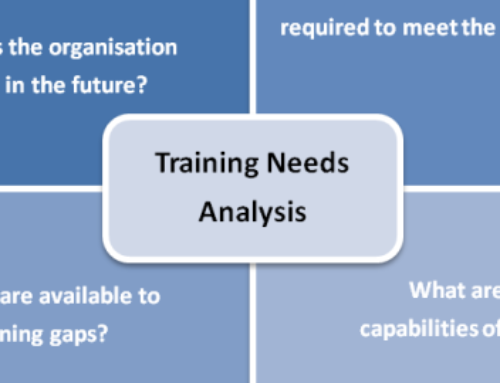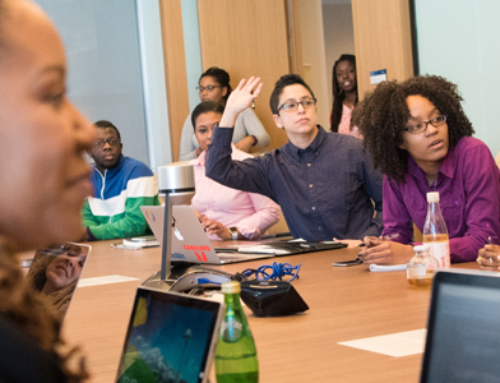Welcome to the Cutting Edge Course Design Tutorial
Developed by Barbara J. Tewksbury (Hamilton College) and R. Heather Macdonald (College of William and Mary)
Is it time to really shake the tree and do something about one of your courses? This tutorial in course design will give you a way to get your arms around what is typically a daunting task and will guide you through a practical, effective strategy for designing or redesigning a course.
[If you are involved in professional development for faculty and would like information on how we run our course design workshops, plus suggestions for how to use this tutorial with faculty, visit the faculty professional development page for more information.]
What is this tutorial designed to help you do?
- Articulate goals for a course or portion of a course.
- Build a course or portion of a course that meets those goals and assesses student learning.
- Explore a variety of teaching techniques that emphasize student engagement and that place responsibility for learning on the students.
- Develop a plan for a rigorous, effective, and innovative course.
Why use this tutorial?
- This tutorial in course design provides a pathway through what can look like a big, amorphous, overwhelming task and presents a logical way to proceed from the glimmer of a good idea toward a new course while avoiding too much blundering in the dark. Read a short synopsis of our approach.
- Using this tutorial lets you avoid wasting energy on reinventing the wheel. We provide links to hundreds of activities that can be used either directly or indirectly as templates, plus examples of goals and syllabi that can be used as catalysts for your own work and that were developed by other faculty.
- We know that the course design strategy in this tutorial works.
- This tutorial is an on-line version of a face-to-face course design workshop run successfully by us for undergraduate geoscience faculty through On the Cutting Edge. Workshop participants comment that our course design process helped them to develop rigorous, effective, and innovative courses and to make thoughtful choices about what and how to teach.
- In a follow-up survey of workshop participants, 90% of respondents followed through to teach the rigorous, goals-based, innovative course that they had begun to develop at the workshop. Furthermore, 80% of respondents found our course design process so useful that they followed it again when designing or redesigning another course.
Who is this tutorial for?
- Most of the examples in this tutorial come from undergraduate courses in the geosciences, although some portions have links to examples from undergraduate courses in other disciplines.
- Despite the focus on geoscience, the process is generic, and we’ve used simple examples. If you are interested in designing a course outside the geosciences, you should have little trouble using the tutorial.
Go to the tutorial :: About the developers
Origin of this tutorial
This on-line course design tutorial is an outgrowth of a workshop entitled “Designing Effective and Innovative Courses in the Geosciences” developed in 1997 by Barbara Tewksbury and Heather Macdonald as part of a larger NSF-funded effort to promote effective and innovative teaching in the geosciences. We have offered the highly successful, four-day summer workshop ten times since 1997. In addition, we have modified the format for shorter workshops and presentations both for geoscience faculty and for faculty in other fields across the curriculum. We have presented these shorter workshops at geoscience professional meetings, at the SENCER Summer Institutes , at DLESE meetings, at workshops held by the National Research Council for Math Science Partnership awardees, and at many individual colleges and universities.
The developers
Dr. Barbara J. Tewksbury is professor of geoscience at Hamilton College. She has spoken widely and published on geoscience education issues and has played a leadership role in the national geoscience education community for over a decade. She has given dozens of workshops to faculty in departments across the country and has been co-PI on a number of grants to offer workshops for geoscience faculty (including On the Cutting Edge). She is a Past President of the American Geological Institute and a Past President of the National Association of Geoscience Teachers. She also served as President of the Geology Division of the Council on Undergraduate Research for three years. She is a fellow of the Geological Society of America and served as an elected member of the GSA Council.
In 1994, she received NSF funding to develop an interdisciplinary course entitled “The Geology and Development of Modern Africa,” which was one of the courses selected in 2002 to be a model course for national dissemination in theSENCER program . She was named CASE New York State Professor of the Year in 1997 by the Carnegie Foundation for the Advancement of Teaching and was the 2004 recipient of NAGT’s Neil Miner Award for exceptional contributions to the stimulation of interest in the Earth Sciences. In 2006, she received an honorary degree from St. Lawrence University for her work in geoscience education.
Dr. R. Heather Macdonald is a professor of geology at the College of William and Mary, where she also served as Dean of Undergraduate Studies in Arts and Sciences. She is a Past President of the National Association of Geoscience Teachers and was a member of the National Resarch Council’s Committee on Undergraduate Science Education. She recevied the Biggs Earth Science Teaching Award given by the Geological Society of America in 1992 and the Outstanding Faculty Award given by the State Council of Higher Education in Virginia in 2004. She has been PI on a number of grants to offer workshops for geoscience faculty (including On the Cutting Edge). She has used aspects of the course design process described in this tutorial with faculty from a wide range of disciplines who have participated in the University Teaching Project at the College of William and Mary







